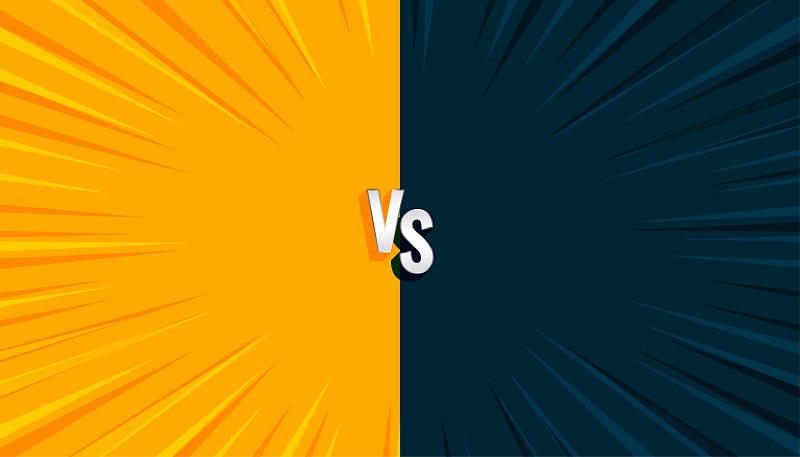PNG Vs. Gif: What Are the Differences

When choosing between PNG and GIF for your images, it's essential to understand the key differences that set these two formats apart. From color depth to transparency support, each format has its own strengths and best use cases. By exploring the nuances of PNG and GIF, you'll gain valuable insights into optimizing your visual content for various digital platforms and applications. So, are you ready to discover which format aligns best with your project requirements and why it matters in the grand scheme of visual communication?
Format Specifications Comparison
A comparison of the format specifications between PNG and GIF reveals substantial differences. PNGPix offers a broader color range, supporting thousands of colors and providing higher image quality. In contrast, GIF has limited color depth, accommodating only up to 256 colors.
Regarding transparency, PNG allows for variable transparency with alpha channels, while GIF only supports one transparent color, often leading to halo effects. PNG files typically have larger sizes than GIF files, but they offer superior compression and overall quality.
In terms of features, GIF emphasizes animation, multi-paging, and transparent images, while PNG prioritizes color management, transparency, and multi-paging. These distinctions underscore the distinct advantages of each format.
Transparency and Color Depth
PNG and GIF exhibit notable differences in their capabilities when it comes to transparency and color depth. GIF's one-bit transparency can sometimes result in halo effects, while PNG's 8-bit alpha mask provides smoother transparency transitions.
In terms of color depth, GIF is limited to 256 colors, leading to a more restricted color range compared to PNG, which supports thousands of colors for higher image quality. PNG allows for more precise control over brightness and color correction, contributing to enhanced visual quality.
Moreover, PNG supports two-dimensional interlacing, a feature that GIF lacks, enabling more efficient loading of images on the web.
Advanced Features and Limitations
GIF is known for its animation and multi-paging capabilities, features that set it apart from PNG. However, GIF images are limited to 256 colors, making them less ideal for intricate designs.
On the other hand, PNG excels in color management and transparency options, offering a wider range of colors and better transparency control. PNG also supports two-dimensional interlacing, a feature absent in GIF format.
In terms of transparency, GIF only allows one color to be transparent, which can lead to halo effects, while PNG provides stronger transparency with an 8-bit alpha mask.
These differences in features and limitations make GIF more suitable for animations, while PNG is preferred for color-rich and detailed images.
Practical Applications and Uses
For practical applications and uses, it's important to consider the specific strengths and weaknesses of PNG and GIF formats.
PNG format is known for its superior compression and wider color range, supporting millions of colors, making it well-suited for logos, icons, drawings, and comics that require sharp visuals and crisp edges.
On the other hand, GIF files are ideal for logos, line drawings, and simple images commonly found on websites, thanks to their animation support.
PNG's support for transparency and layers makes it beneficial for image creation, while GIF's animation capabilities cater more towards typography and screenshots.
It's essential to consider these factors when choosing between PNG and GIF based on the specific needs of your project.
Optimization Tips and Recommendations
To improve the performance of PNG and GIF files on the web, it's recommended to implement optimization strategies. When working with these image formats, the key focus should be on reducing file size through efficient compression methods.
For PNG files, consider using tools such as ImageOptim or TinyPNG to achieve better optimization results. Optimize PNG images by removing unnecessary metadata and utilizing indexed color mode.
Similarly, for GIF files, restricting the color palette can help reduce file size and improve web loading speed. Additionally, employing a CDN to cache and optimize both PNG and GIF files can lead to faster loading times on websites.
Experiment with different optimization settings to find the right balance between image quality and file size for these raster images.
Conclusion
In conclusion, when choosing between PNG and GIF, consider the specific needs of your project. PNG is great for high-quality images with thousands of colors, while GIF is perfect for simple animations and images with limited color depth.
Both formats have their strengths and limitations, so make sure to optimize your files for the best results. Choose the format that best suits your requirements and enjoy creating visually appealing content.
